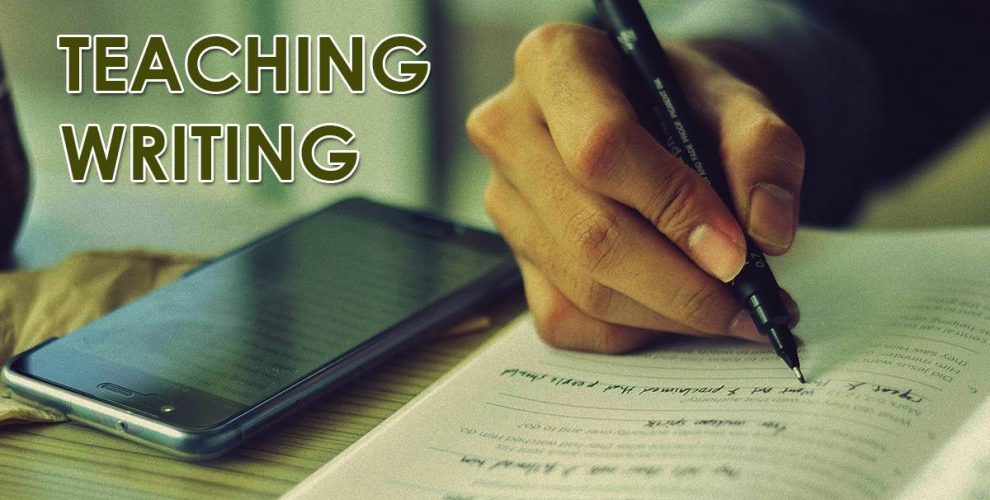Writing is the most complex of the four language skills which are reading, speaking, comprehension and writing. Writing incorporates almost all the other three elements. Given the reality of our highly dynamic and interconnected world, to be able to write effectively and precisely is an imperative competence that must be aimed at. This makes teaching writing a significant activity.
There are two approaches to teaching writing – Product and Process.
The product approach to writing works best when we aim to teach texts which have a fixed format, predictable language use, organization, grammar aspects and style, for e.g., Reports, blogs, newspaper articles, formal letters and emails, memos etc. Children are given samples of the text and are made to notice the content along with the above-mentioned areas. This is called familiarization with the text. Through gap fills, true and false and other such controlled activities the familiarization is converted into knowledge. This understanding of parts is brought together, and students are taken through guided writing tasks to allow them to strengthen their grasp over the parts in context. The children are offered an opportunity to weave in their individual choices in language and style within the broad framework of the instituted pattern through free writing tasks, performance which gives the teacher an idea of a child’s level of proficiency in writing.
The process approach to writing was evolved in the 1980s to support students whose first language was different from the language of instruction at school and the one they were their texts were in. This process requires much more effort and meticulous planning but is far more effective in developing writing skills in general. In this method, the teacher and the students plan the content together. The teacher anticipates knowledge gaps that the students might have in terms of grammar and other associated concepts like tone, vocabulary, style etc. and build in teaching and practice sessions to bridge the same. The children work in teams under the guidance of the teacher to prepare the first draft. They then edit their work either themselves or through peers in the light of the information they have acquired in the previous sessions and rewrite, keeping the edits and suggestions received. This is a recursive cycle and continues till a satisfactory piece has been created.
While both approaches have their merits, the process writing approach is more potent. Children can discuss their ideas, thoughts and opinions, clarify doubts as well as improve their overall understanding of language use. Their minds are shaped in a way that they acquire writing skills for life.
Reposted from the original article Prometheus School wrote for Medium





